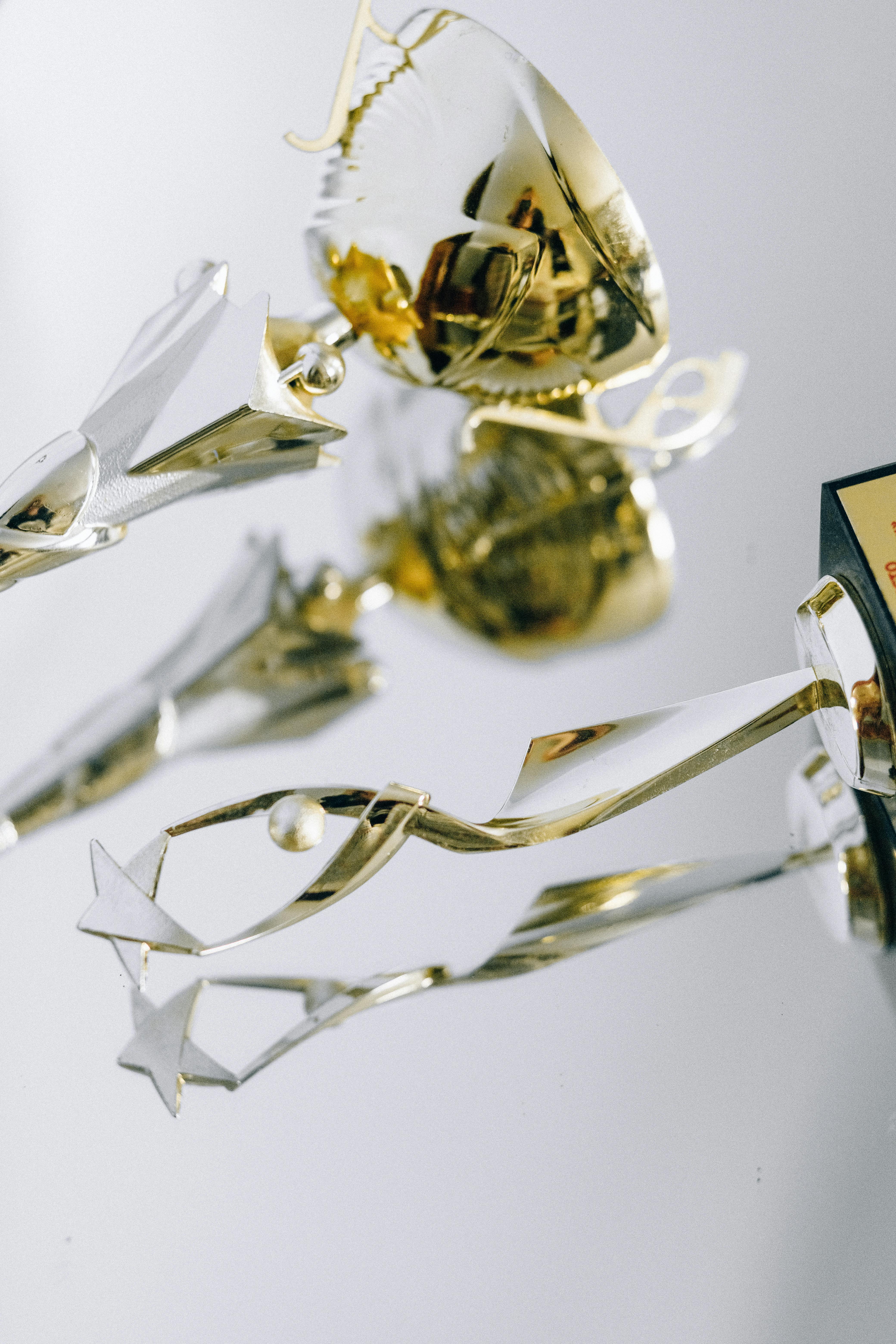Effective Ways to Pair Discus Tank Mates for a Thriving Aquarium in 2025

Effective Ways to Pair Discus Tank Mates for a Thriving Aquarium in 2025
Setting up a discus tank can be an exciting venture, especially for fish enthusiasts looking to create a vibrant aquatic community. *Discus fish*, known for their striking colors and serene behavior, require careful consideration when choosing their tank mates. The importance of selecting suitable *discus tank mates* cannot be overstated; it influences not only the overall visual appeal of your aquarium but also the health and happiness of its inhabitants. This article will explore various strategies for pairing discus fish with compatible companions, ensuring a thriving environment in your aquarium.
Why is it crucial to understand discus compatibility? Each species has its unique temperaments, sizes, and environmental needs, which means that maintaining a peaceful and harmonious aquarium requires careful planning. In this guide, we'll delve into some of the *best discus tank mates*, provide insights on compatibility charts, and discuss ideal setups for your discus community tank. Get ready to learn how to create a harmonious aquatic ecosystem that showcases the beauty of discus and its companions!
Key Takeaways: By the end of this article, you'll have a solid grasp of the best fish for discus tanks and how to maintain a peaceful coexistence within your aquarium. Emphasizing the significance of selecting appropriate tank mates, we will cover essential factors such as tank compatibility, behavior traits, and care tips.
Choosing Ideal Tank Mates for Discus Fish
With the fundamental understanding of discus fish established, the next step is to choose their ideal companions. Selecting *discus tank mates for beginners* can sometimes be challenging, especially since improper pairings can lead to stress, aggression, or even illness among the fish. Therefore, focusing on peace-loving species is essential. Building a harmonious environment allows each fish to thrive while providing a visually striking display.
When considering *compatible fish for discus*, it's crucial to opt for species that share similar water quality requirements. Discus prefer soft, slightly acidic water with a temperature range between 82°F to 86°F. Hence, species like *cardinal tetras*, *neon tetras*, and *corydoras catfish* are excellent options. These fish not only share compatibility in water conditions but also exhibit peaceful behaviors that contribute to a stress-free environment.
Aside from their water condition requirements, food habits play a significant role in selecting tank mates. Many compatible species feed on similar diets, which can make feeding time more manageable. It is essential to introduce tank mates gradually, observing any signs of territorial disputes or aggression. For those new to discus keeping, considering a *discus compatibility chart* can guide the selection process.
Best Discus Tank Mates for Beginners
When starting a discus aquarium, opting for beginner-friendly tank mates is advisable to help novice aquarists gain confidence. Through proper selection, new fish keepers can enjoy the experience without facing significant challenges. Here are three peaceful and compatible species to consider:
1. **Corydoras Catfish**: These bottom-dwellers are friendly, social, and thrive in groups, making them perfect companions for discus. They help keep the substrate clean and do well in the same water conditions as discus.
2. **Tetras**: Fish like *neon tetras* and *cardinal tetras* can easily coexist with discus. Their small size and schooling behavior make them ideal companions that add activity and color to your tank without causing strife.
3. **Gouramis**: Peaceful varieties of gouramis, such as the dwarf gourami, can also be good tank mates. Their gentle nature and compatibility with similar water conditions make them a safe choice for an aquatic community with discus.
Creating a thriving community tank revolves around good planning and understanding of species compatibility. Thus, always observe the behavior of your discus alongside their tank mates and remain vigilant for any signs of stress or aggression.
Using a Compatibility Chart
An effective way to determine the right fish companions for your discus is through a *discus compatibility chart*. Such charts present a clear visual representation of which species thrive alongside discus, highlighting both compatible and incompatible combinations. Referencing these charts can lead to better decision-making and tank management.
When interpreting compatibility charts, several factors prevail, including temperament, size, and dietary needs. Be cautious with aggressive species; even non-aggressive fish can exhibit territorial behaviors depending on their environment. Ensure your tank mates are not only compatible in terms of behavior but also in terms of lifestyle and dietary needs.
Utilizing compatibility resources can enhance your overall aquarium experience, promoting peaceful coexistence and ensuring the well-being of all species within the ecosystem. Additionally, such charts can aid in selecting *plants for discus tanks*, providing the necessary habitat structure and visual appeal.
Creating a Suitable Environment for Discus and Their Friends
Building upon the knowledge of suitable tank mates, setting up the correct environment is vital for the health and happiness of discus and their companions. Understanding the *ideal discus tank environment*, including feeding, temperature, lighting, and decor, can significantly impact your aquarium's success.
Begin by focusing on water quality, which should mirror the natural habitat of discus. Discus thrive in a pH range between 6.0 to 7.5 and require soft, warm water for optimal health. Regular testing is essential for maintaining adequate water parameters.
Next, incorporating *live plants for discus tanks* can be beneficial. Plants not only improve water quality but also provide hiding spots for shy fish, enriching the aquarium's ecological balance. Some excellent choices for discus include *Java fern*, *anubias*, and *Amazon sword plants*.
Additionally, ensuring proper tank layout is crucial for the well-being of discus and their associates. Providing ample swimming space while also introducing visual barriers with plants and decorations encourages natural behaviors and reduces stress.
Implementing an effective filtration system can help maintain water clarity and quality within the tank, which is essential for discus and their companions. Research shows that proper filtration improves health and minimizes the risk of common fish ailments.
With a well-planned environment, your discus community can flourish, allowing for a beautiful and harmonious aquarium setup.
Maintaining Harmony in a Discus Community Tank
Once you've established a balanced ecosystem for your discus and their companions, the next step is to maintain harmony within the community. Monitoring fish interactions is vital for identifying stress triggers or aggression early on, which can be beneficial in preventing conflicts.
When introducing new tank mates, gradually acclimate them to the existing aquarium to minimize disruption and allow fish to adapt to their presence. Observing social dynamics and individual behaviors can reveal any potential issues before they escalate into serious conflicts.
Feeding practices can also impact the harmony of your aquarium. Ensure all fish receive appropriate nutrition by providing high-quality food tailored to the dietary needs of discus while accommodating the eating habits of their companions.
Finally, remaining consistent with tank maintenance—such as regular water changes and careful monitoring of parameters—ensures that all inhabitants remain healthy and stress-free. Continuous observation of all species contributes to a successful fishkeeping experience and maximizes your discus tank harmony.
Benefits of Tank Mates for Discus
Adding tank mates to a discus aquarium can provide numerous benefits beyond aesthetic appeal. A well-balanced community can improve the psychological well-being of your discus, reducing stress and promoting natural behaviors. Fish like tetras and catfish can provide a sense of security by occupying different areas of the tank.
Moreover, certain species can help maintain a *healthier aquatic environment*. For instance, algae-eating fish contribute to tank cleanliness by preventing overgrowth, which is especially important in bioactive environments. Additionally, a diversified tank can help stabilize water parameters, benefiting all fish species involved.
Ultimately, introducing tank mates can create a more vibrant and dynamic aquarium. Mixing species offers insights into fish behavior and enhances educational aspects for both new and experienced aquarists. Understanding how different species interact within a community also demonstrates the importance of biodiversity in maintaining a balanced ecosystem.
Common Mistakes to Avoid
Despite their allure, mixing species in a discus tank can come with challenges. Avoiding common mistakes can make the difference between a thriving community and a stressful environment. One prevalent error is selecting overly aggressive or territorial fish, which can lead to heightened stress levels and disrupt the overall harmony of your aquarium. Ensuring compatibility before introducing new species is paramount.
Neglecting the importance of social structures among species can also create imbalances. Observing fish behavior is critical during the acclimation process; failing to watch for signs of aggression or stress might result in unforeseen issues later on.
Another frequent challenge is underestimating the significance of tank size. Adequate space is necessary for each species to adjust and thrive, as overcrowding can lead to disputes and competing for resources. Ensuring your tank is adequately sized for its inhabitants promotes overall harmony and reduces stress levels.
Finally, regular maintenance is key to sustaining a balanced ecosystem. Neglecting water quality and tank conditions can put fish health at risk, leading to common ailments that can complicate community dynamics and lead to unsatisfactory fishkeeping experiences.
Understanding the Social Behavior of Discus Fish
Grasping *discus fish social behavior* feeds into successful community management strategies. Discus are naturally social creatures that often thrive in groups. Observing how they interact can inform your decisions regarding tank mate selection and aquarium dynamics. These fascinating fish engage in social hierarchies, displaying varying degrees of aggression and submission based on their relationships with other species.
When paired with compatible species, discus can exhibit stronger social behavior, reducing stress and fostering a more engaging aquarium environment. Watching behaviors such as schooling or territorial displays helps provide insight into their preferences and compatibility with tank mates.
Establishing a tank environment that mirrors their natural habitat enhances social interactions, establishing a community that thrives on cooperation rather than competition. Understanding how discus interact can also assist in selecting *discus tank mates compatible* with their social structures, ensuring everyone's well-being within the aquarium.
Conclusion: Crafting a Community of Discus Tank Mates
In summary, choosing suitable *discus tank mates* is an integral part of creating a successful growing aquatic community. By understanding compatibility, selecting peaceful fish, and establishing an ideal environment, aquarists enhance the chances of forming a thriving aquarium ecosystem. Remember to use resources like compatibility charts and not to overlook the significance of monitoring social dynamics, which positively impacts the overall health of your discus and its companions.
With the right knowledge and practices, your discus tank can flourish into a harmonious and breathtaking aquatic experience. As you venture into discus keeping, observe fish behavior, maintain conditions, and embrace the journey of crafting your ideal aquarium.
 example.com/image2.png
example.com/image2.png
 example.com/image3.png
example.com/image3.png